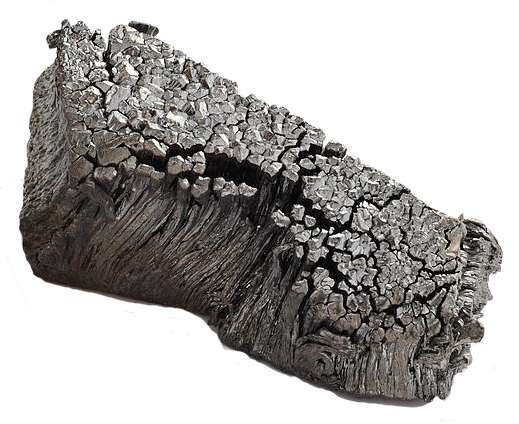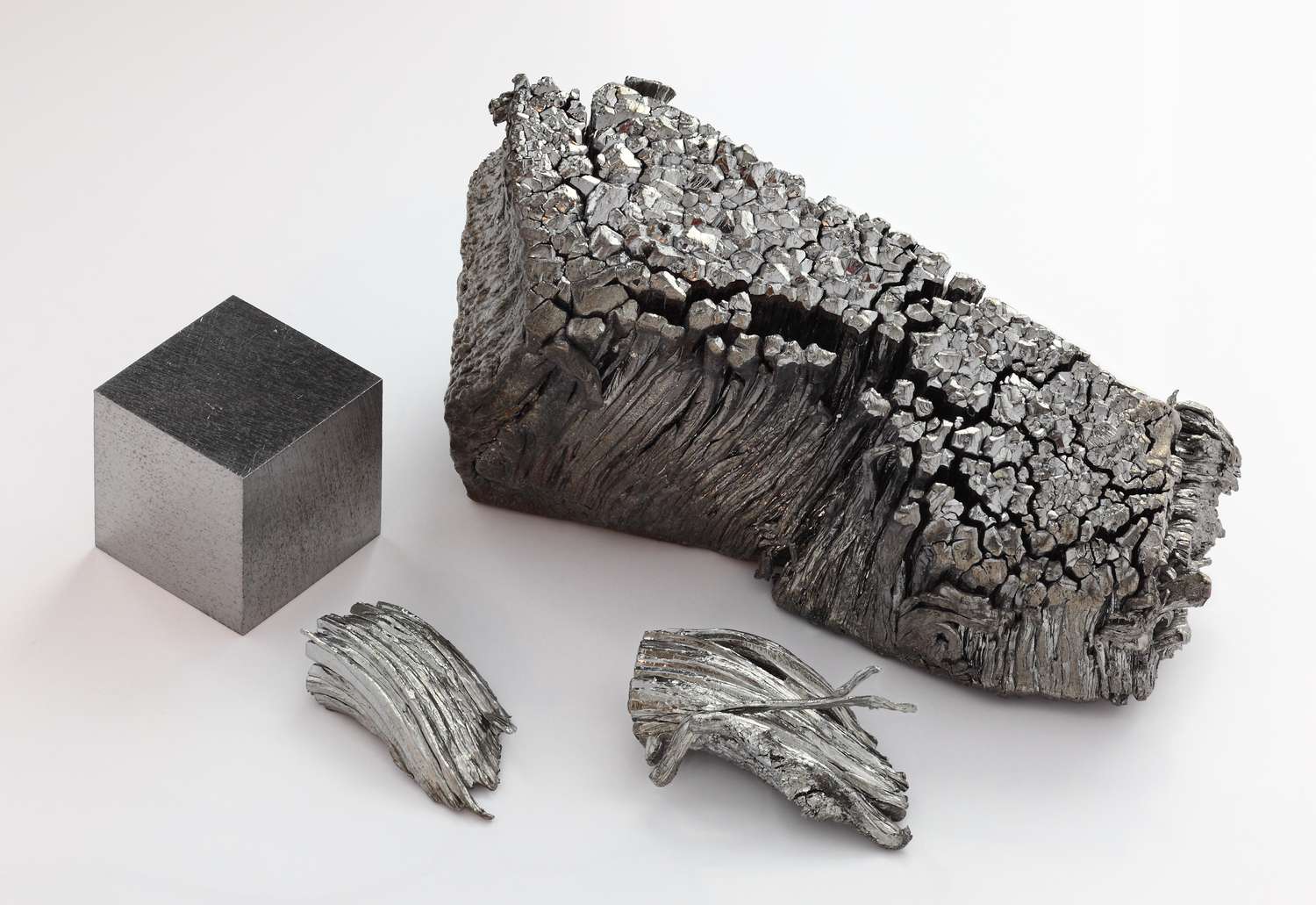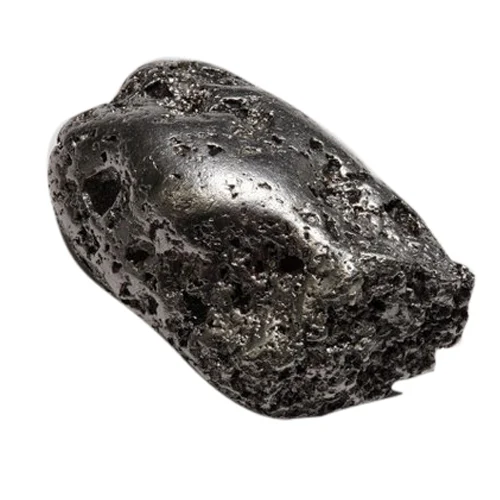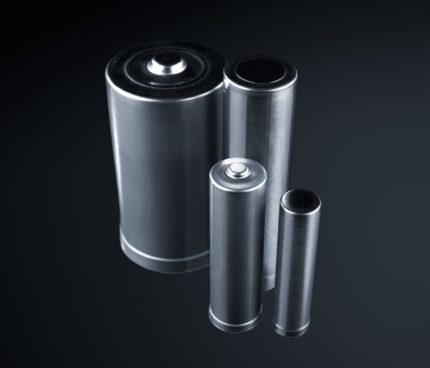Description
Cesium, a chemical element with the symbol Cs and atomic number 55, is a soft, silvery-gold alkali metal that is highly reactive and alkaline in nature. Discovered in 1860 by the German chemist Robert Bunsen and his colleague Gustav Kirchhoff through the analysis of spectral lines in mineral water, cesium derives its name from the Latin word “caesius,” meaning “sky blue,” a reference to the bright blue lines in its spectrum. This element is unique among alkali metals due to its low melting point, which is around 28.5 degrees Celsius, making it one of only a handful of metals that can be liquid near room temperature.
Cesium’s most notable application lies in timekeeping; cesium atomic clocks are integral to global positioning systems (GPS) and have set the standard for precise time measurement, maintaining an accuracy with deviations of less than a second over millions of years. The stability of its atomic transition frequency allows these clocks to provide essential timing for telecommunications, satellite operations, and scientific research. However, cesium is not merely a scientific curiosity; it has significant implications in the field of nuclear medicine, particularly in radiotherapy, where cesium-137, a radioactive isotope, is employed for cancer treatment and in industrial gauges for measuring density and level of substances.
Despite its numerous applications, handling cesium requires caution due to its high reactivity, especially with water and air. It can react explosively, producing cesium hydroxide and hydrogen gas, which underlines the necessity for controlled environments when utilizing this element. Researchers continue to explore cesium’s properties and potential applications in various fields, including quantum computing, where it is examined for its coherence and utility in developing qubits. Overall, cesium stands out as a fascinating element that bridges ancient discovery with cutting-edge technology and advancements.










